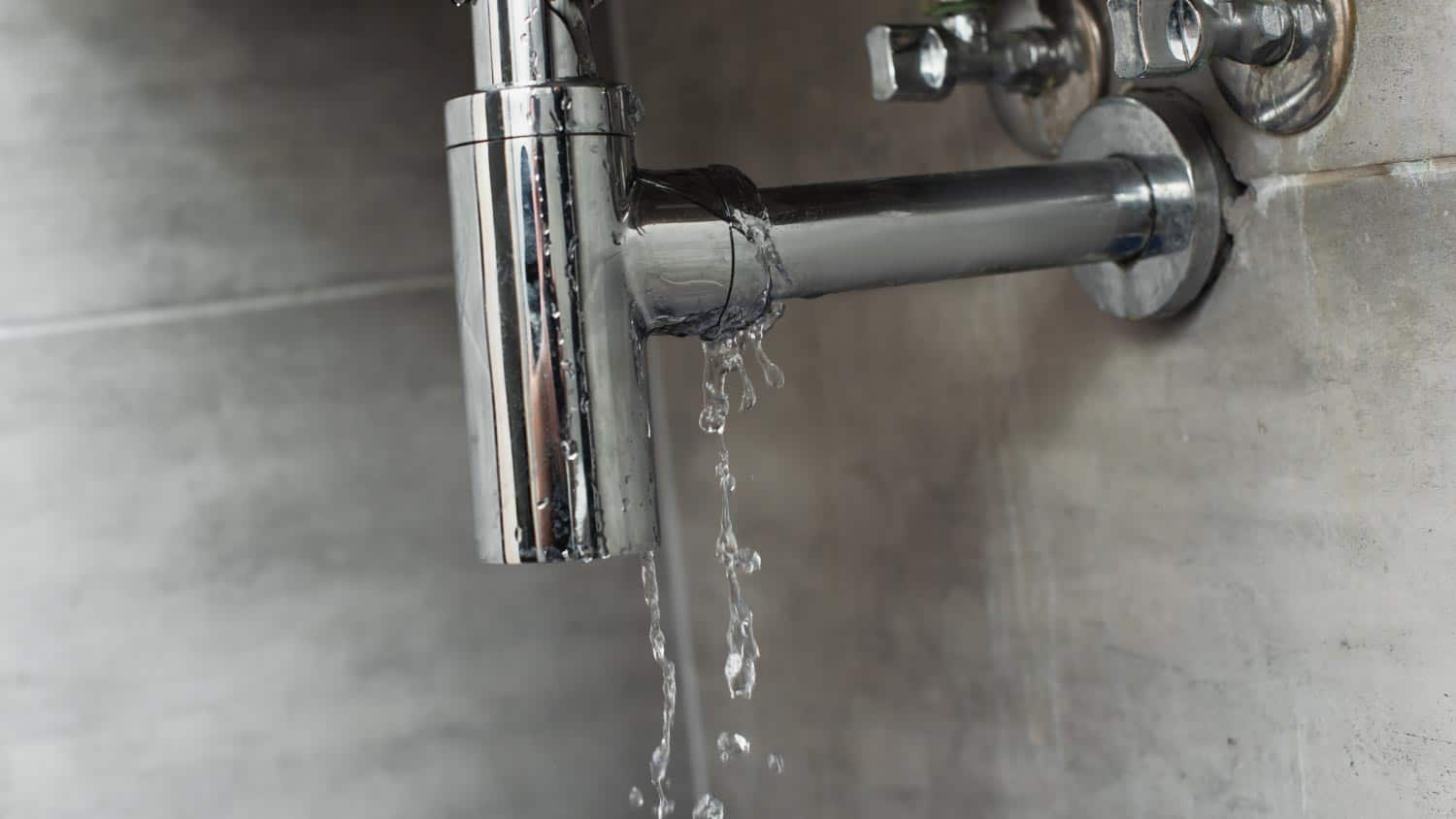Locating Concealed Water Line Leaks: Six Clever Hacks
Locating Concealed Water Line Leaks: Six Clever Hacks
Blog Article
The article author is making several good points about Finding hidden leaks in general in the article following next.

Early detection of leaking water lines can alleviate a possible disaster. Some tiny water leaks may not be noticeable.
1. Examine the Water Meter
Every house has a water meter. Inspecting it is a guaranteed manner in which aids you uncover leaks. For starters, turn off all the water sources. Make sure no person will certainly purge, make use of the tap, shower, run the cleaning equipment or dishwasher. From there, go to the meter as well as watch if it will alter. Considering that nobody is utilizing it, there must be no motions. That shows a fast-moving leakage if it relocates. Similarly, if you find no changes, wait a hr or 2 as well as inspect back once more. This means you may have a sluggish leak that could even be underground.
2. Examine Water Usage
Evaluate your water bills and also track your water intake. As the one paying it, you must discover if there are any discrepancies. If you detect sudden changes, in spite of your intake coinciding, it indicates that you have leaks in your plumbing system. Remember, your water costs must fall under the same range every month. An abrupt spike in your expense indicates a fast-moving leakage.
On the other hand, a steady boost each month, even with the very same practices, reveals you have a slow leakage that's likewise gradually intensifying. Call a plumber to completely check your residential property, especially if you really feel a warm location on your floor with piping below.
3. Do a Food Coloring Test
When it comes to water consumption, 30% comes from commodes. If the color in some way infiltrates your dish during that time without flushing, there's a leakage between the storage tank and also bowl.
4. Asses Exterior Lines
Do not forget to examine your outdoor water lines as well. Examination faucets by connecting a yard tube. Ought to water permeate out of the connection, you have a loose rubber gasket. Change this and guarantee all links are limited. If you've got an automatic sprinkler, it will assist get it properly analyzed as well as kept annually. One little leakage can waste tons of water and increase your water costs.
5. Examine the circumstance and inspect
Homeowners should make it a habit to examine under the sink counters and also also inside closets for any type of bad odor or mold growth. These 2 warnings suggest a leak so prompt focus is needed. Doing routine inspections, also bi-annually, can conserve you from a major problem.
Check for stainings as well as weakening as the majority of pipes and devices have a life expectancy. If you believe leaking water lines in your plumbing system, do not wait for it to intensify.
Early detection of dripping water lines can alleviate a potential calamity. Some tiny water leakages may not be noticeable. Checking it is a proven way that aids you find leakages. One small leakage can lose lots of water and increase your water expense.
If you think dripping water lines in your plumbing system, don't wait for it to rise.
WARNING SIGNS OF WATER LEAKAGE BEHIND THE WALL
PERSISTENT MUSTY ODORS
As water slowly drips from a leaky pipe inside the wall, flooring and sheetrock stay damp and develop an odor similar to wet cardboard. It generates a musty smell that can help you find hidden leaks.
MOLD IN UNUSUAL AREAS
Mold usually grows in wet areas like kitchens, baths and laundry rooms. If you spot the stuff on walls or baseboards in other rooms of the house, it’s a good indicator of undetected water leaks.
STAINS THAT GROW
When mold thrives around a leaky pipe, it sometimes takes hold on the inside surface of the affected wall. A growing stain on otherwise clean sheetrock is often your sign of a hidden plumbing problem.
PEELING OR BUBBLING WALLPAPER / PAINT
This clue is easy to miss in rooms that don’t get much use. When you see wallpaper separating along seams or paint bubbling or flaking off the wall, blame sheetrock that stays wet because of an undetected leak.
BUCKLED CEILINGS AND STAINED FLOORS
If ceilings or floors in bathrooms, kitchens or laundry areas develop structural problems, don’t rule out constant damp inside the walls. Wet sheetrock can affect adjacent framing, flooring and ceilings.
https://www.servicemasterbyzaba.com/blog/how-to-detect-water-leakage-in-walls/

I'm just very eager about Locating water leaks and I hope you appreciated my page. Feel free to take the time to promote this blog post if you appreciated it. Many thanks for your time. Don't hesitate to check our website back soon.
24/7 emergency? We're here! Report this page